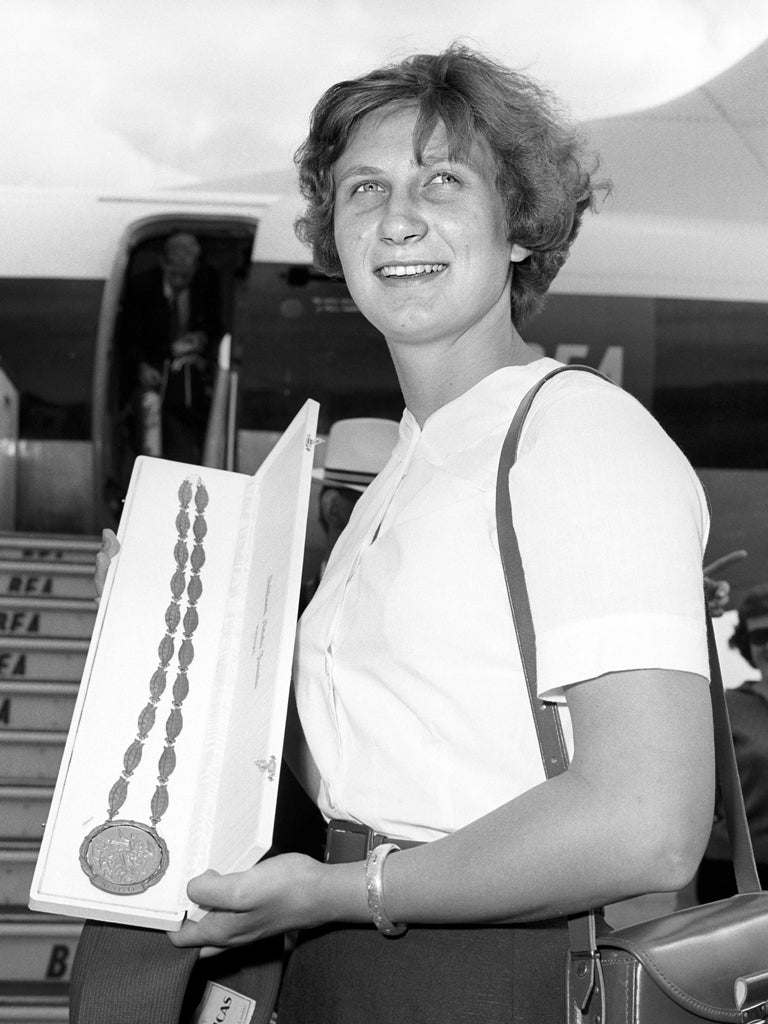Sports Personality Award: Why females so rarely get picked for the podium

Your support helps us to tell the story
From reproductive rights to climate change to Big Tech, The Independent is on the ground when the story is developing. Whether it's investigating the financials of Elon Musk's pro-Trump PAC or producing our latest documentary, 'The A Word', which shines a light on the American women fighting for reproductive rights, we know how important it is to parse out the facts from the messaging.
At such a critical moment in US history, we need reporters on the ground. Your donation allows us to keep sending journalists to speak to both sides of the story.
The Independent is trusted by Americans across the entire political spectrum. And unlike many other quality news outlets, we choose not to lock Americans out of our reporting and analysis with paywalls. We believe quality journalism should be available to everyone, paid for by those who can afford it.
Your support makes all the difference.Clare Balding, amateur jockey and TV personality, is clear about the furore over the absence of women from this year's BBC Sports Personality of the Year shortlist: "The issue is that TV coverage of women in sport can be perceived as sexist."
Tanni Grey-Thompson, herself a Sports Personality runner-up in 2000, is more forthright. "I wouldn't want tokenism. But I think you just look at where the nominations have come from – only two per cent of media coverage in sport goes to women."
Nominations are made by a panel of print sports editors, and a brief glance at the history of the sports award shows women have never loomed very large.
The first award in 1954 was won by the runner Chris Chataway, with Roger Bannister in second, and woman show-jumper Pat Smythe third. That was it for women in the 1950s.
Things looked up in the 1960s: 12 women placed in top three positions including three winners. In 1962 women took all three places: the swimmer Anita Lonsbrough was first; athlete Dorothy Hyman, second; and swimmer Linda Ludgrove third. Victories, for Princess Anne in 1971, and Mary Peters in 1972, promised much. But from then until the turn of the century only seven women made the top three. The past decade has been a little better – 12 top three places, with wins for Paula Radcliffe (2002), Kelly Holmes (2004), and Zara Phillips (2006).
Dr Joyce Kay, of Stirling University's school of sport, says the awards grew from Sportsview, a family show aimed at both sexes that featured women's sport, so the "spectacular absence" of women up to 2000 is hard to explain. There is any number of theories: relatively small female TV audiences; high-profile players attracting votes regardless of achievement; or the increase in the size of sportsmen's pay packets. What we need, says Dr Kay, is research. Until we have it, many will share the view of paralympian Grey-Thompson: "Women just aren't on the minds... you're fighting against the system all the time where it's the big sports that get the recognition."
Join our commenting forum
Join thought-provoking conversations, follow other Independent readers and see their replies
Comments